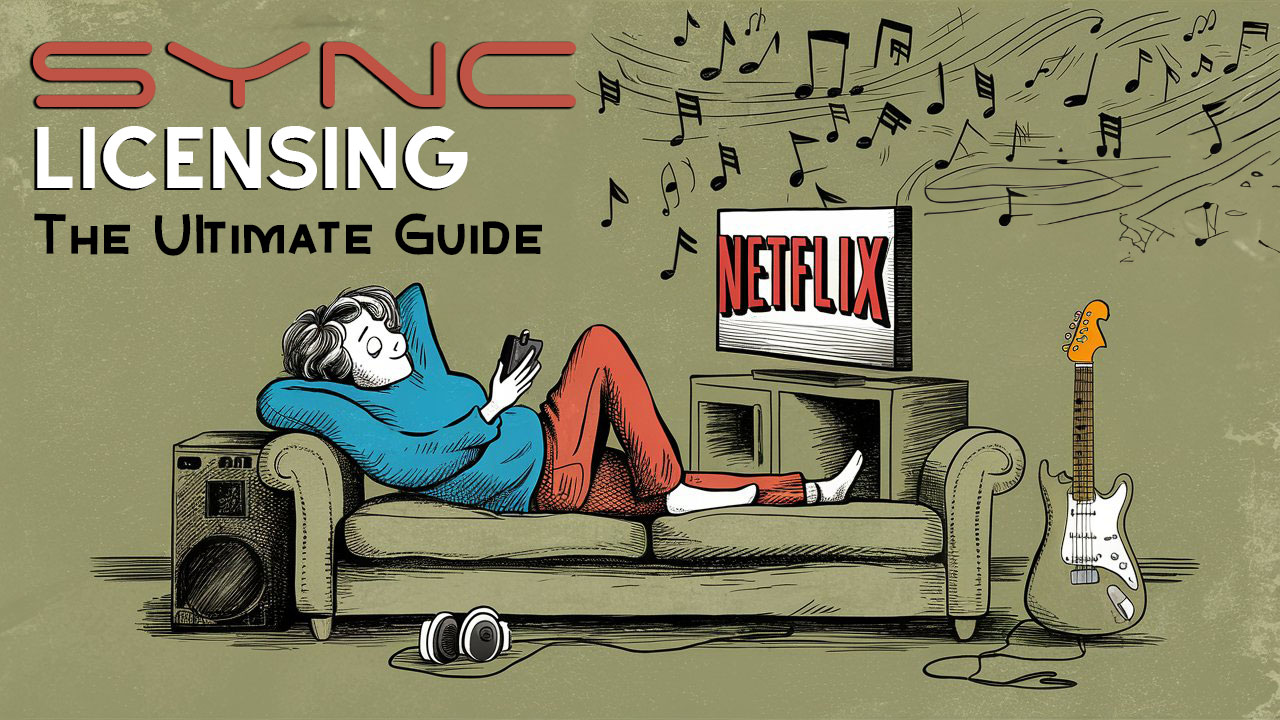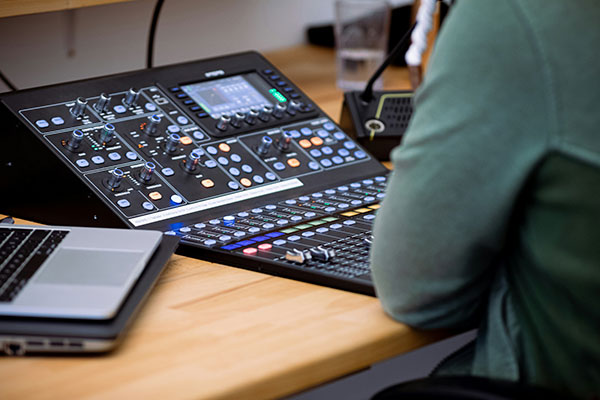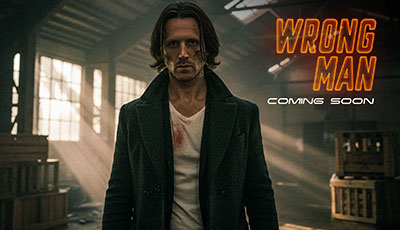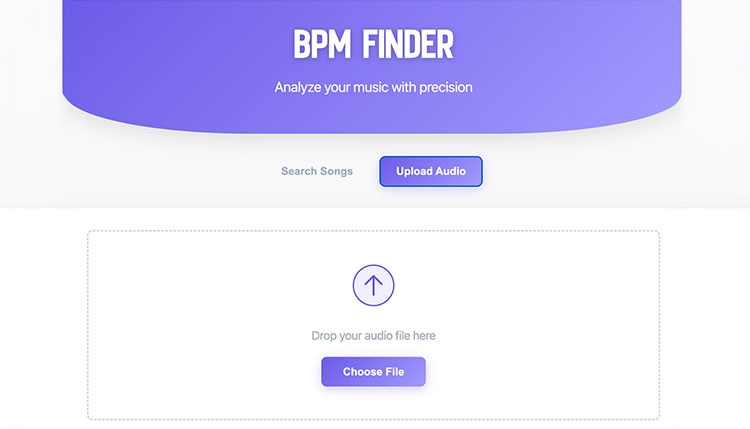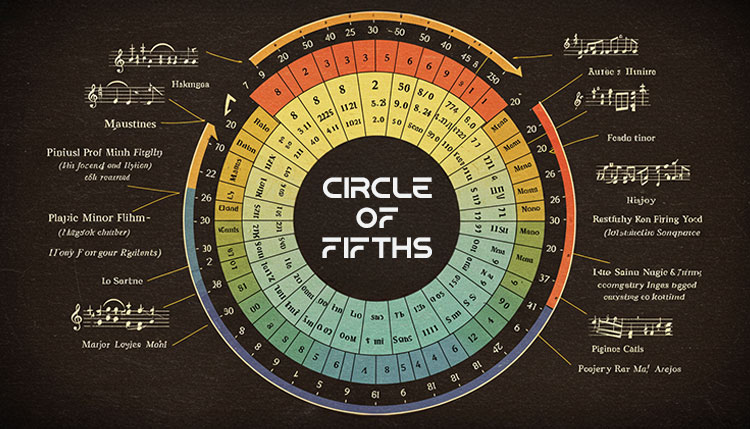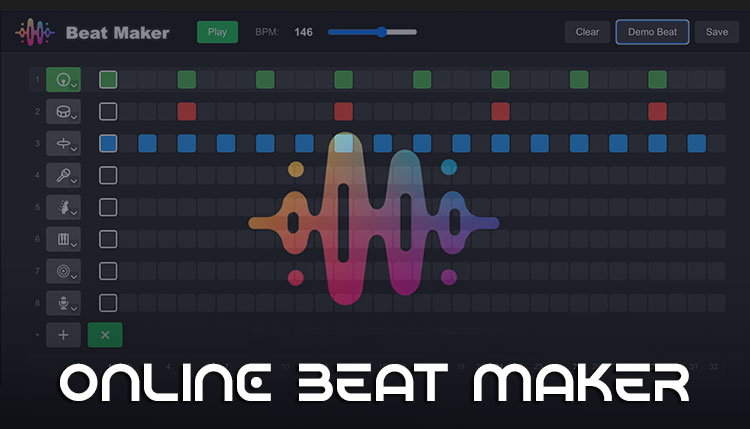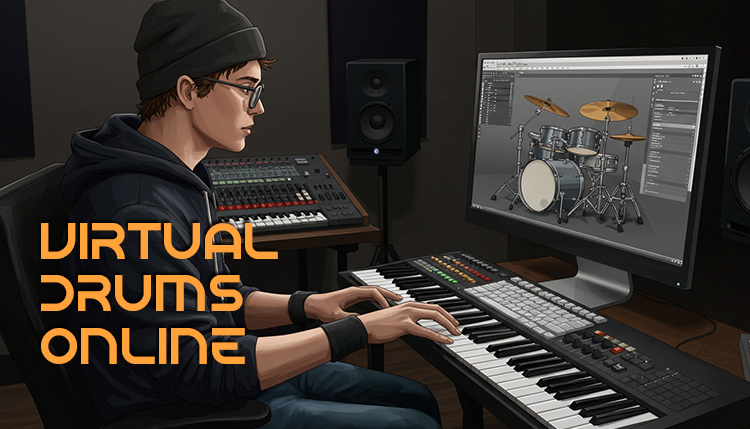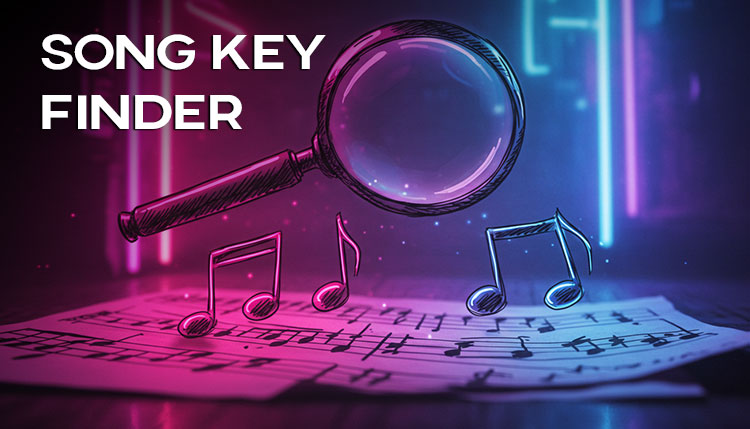In today’s dynamic music industry, sync licensing has emerged as a game-changing opportunity for artists, producers, and rights holders.
This comprehensive guide will delve into the intricacies of sync licensing, offering valuable insights and strategies to help you navigate this lucrative field.
Understanding Sync Licensing: A New Frontier in Music
Sync licensing, short for synchronization licensing, refers to the use of music in visual media such as films, TV shows, commercials, and video games.
As traditional revenue streams in the music industry continue to evolve, sync licensing has become an increasingly vital source of income and exposure for musicians.
The Growing Impact of Sync Licensing
Recent industry reports highlight the explosive growth of sync licensing:
- In the first half of 2023, sync royalties reached a staggering $200 million, marking a 35% increase from the previous year.
- Streaming platforms and the rise of high-quality TV productions have significantly expanded sync opportunities.
- Success stories like the resurgence of older tracks in popular shows demonstrate the power of sync in boosting an artist’s profile and streaming numbers.
Crafting Syncable Music: The Art and Science
Creating music that’s attractive for sync opportunities requires a balance of creativity and strategic thinking. Here are key factors to consider:
- Universal Themes: While personal stories can be powerful, music with broader themes often has wider appeal in the sync market.
- Emotional Resonance: Songs that evoke strong emotions are particularly valuable for visual media.
- Instrumental Versions: Always have high-quality instrumental versions of your tracks ready.
- Versatility: Create music that can work in various contexts, from dramatic scenes to upbeat commercials.
- Clear Rights: Ensure all rights are clear and properly documented to facilitate quick licensing decisions.
Navigating the Sync Licensing Landscape
Building Relationships in the Industry
Networking is crucial in the sync licensing world. Here’s how to build your professional network:
- Attend music industry events and conferences
- Connect with music supervisors and sync agents on professional platforms
- Collaborate with other artists and producers
- Consider internships or entry-level positions at music licensing companies
Understanding Different Sync Opportunities
- Film and TV: Often provide exposure to large audiences and can lead to significant streaming boosts.
- Commercials: Generally offer higher payouts but may have more specific requirements.
- Video Games: A growing market with potential for long-term royalties.
- Trailers: Often use multiple tracks and can offer substantial fees.
The Role of Music Supervisors
Music supervisors play a pivotal role in selecting tracks for visual media. To catch their attention:
- Research their past work and tailor your pitches accordingly
- Provide easily accessible, high-quality audio files
- Include all relevant metadata and rights information
- Be professional, persistent, and patient in your communications
Maximizing Your Sync Licensing Potential
Diversifying Your Catalog
Create a diverse range of music to increase your chances of landing sync deals:
- Experiment with different genres and moods
- Produce tracks in various tempos and styles
- Consider creating music specifically for sync opportunities
Leveraging Technology
Utilize music licensing platforms and digital tools to streamline your sync licensing efforts:
- Use platforms like Songtradr, Spotify or Music Gateway to showcase your music
- Employ metadata tagging tools to make your tracks easily searchable
- Consider AI-powered music creation tools for producing sync-friendly tracks quickly
Understanding the Business Side
- Licensing Agreements: Familiarize yourself with different types of licenses (e.g., exclusive vs. non-exclusive)
- Royalties: Understand how performance royalties work in sync licensing
- Copyright: Ensure your music is properly registered and protected
- Negotiation Skills: Learn to negotiate fair deals that protect your interests
Case Studies: Sync Success Stories
- Indie Artist Breakthrough – JP: JP, achieved a sync placement with his track “Middle” in the Netflix original film Close. This opportunity highlights how platforms like Music Gateway can facilitate connections between indie musicians and film projects, enabling artists to reach wider audiences through their music being featured in popular content.
- Catalog Revival – Kate Bush: The story of a classic song finding new life (and revenue) through a well-placed sync.
- Niche to Mainstream – DJ Cutman: How DJ a niche electronic producer broke into the mainstream through video game syncs. DJ Cutman’s success demonstrates how video game syncs can serve as a powerful platform for niche electronic producers to gain mainstream recognition
Submit Your Music for Sync Opportunities
Here are some platforms where indie music artists can submit their music for sync opportunities:
- Songtradr
- Overview: An online marketplace for music licensing across various media including films, TV shows, ads, and apps.
- Link: Songtradr
- Artlist
- Overview: Connects video content creators with music available for licensing, with a focus on ease of use and non-exclusivity.
- Link: Artlist
- Music Vine
- Overview: A marketplace that connects video creators with music creators, offering both exclusive and non-exclusive licensing options.
- Link: Music Vine
- MusicBed
- Overview: A platform for filmmakers to find music, offering larger scale projects and custom, pre-ordered music.
- Link: MusicBed
- Soundstripe
- Overview: Provides music and sound effects for video makers, requiring exclusivity for submitted tracks.
- Link: Soundstripe
- Epidemic Sound
- Overview: Offers a unique model where they handle licensing and pay musicians upfront for their tracks.
- Link: Epidemic Sound
- UnitedMasters SELECT
- Overview: Helps artists secure sync licenses and brand deals, offering opportunities across various media including TV shows and films.
- Link: UnitedMasters SELECT
- Groover
- Overview: Connects artists directly with music industry professionals, facilitating sync placements in films and other media.
- Link: Groover
These platforms offer various models and opportunities for indie artists to get their music placed in films, TV shows, ads, and more, helping them reach new audiences and monetize their work.
The Future of Sync Licensing
As the media landscape continues to evolve, so does the world of sync licensing. Keep an eye on these emerging trends:
- Virtual reality and augmented reality content
- Short-form video platforms (e.g., TikTok, Instagram Reels)
- Podcasts and other audio-only media
- AI-driven personalized content creation
Conclusion: Your Path to Sync Success
Sync licensing offers exciting opportunities for musicians to gain exposure and generate income. By understanding the market, creating versatile music, building relationships, and staying informed about industry trends, you can position yourself for success in this dynamic field.
Remember, persistence and continuous learning are key when licensing music. The sync licensing world is competitive, but with the right approach and a bit of luck, your music could be the next big sync success story.
FAQs
What is music sync licensing?
Music sync licensing is the process of obtaining permission to use a piece of music in synchronization with visual media such as films, TV shows, advertisements, video games, and more.
How can independent artists benefit from music sync licensing?
Independent artists can benefit from music sync licensing by gaining exposure for their music, generating additional income, and potentially reaching a wider audience through placements in various media projects.
Who are the rights holders involved in music sync licensing?
The rights holders involved in music sync licensing typically include the composer, songwriter, music publisher, and any other entities that own the rights to the music being licensed.
How can I get my music considered for sync placement?
You can get your music considered for sync placement by working with music publishers, sync agencies, or by pitching music directly to music supervisors who work on various media projects.
What is an upfront sync fee in music sync licensing?
An upfront sync fee in music sync licensing refers to the one-time payment made by the licensee to the rights holder for the right to synchronize the music with visual media.
What do I need to know about music sync licensing as an independent artist?
As an independent artist, it is important to understand the licensing process, how to pitch your music effectively, the potential opportunities for placements, and the role of music publishers in the sync licensing industry.
How do music supervisors decide whether to use your music in TV or film?
Music supervisors decide whether to use your music in TV or film based on factors such as the suitability of the song for the scene, the budget available for licensing, and the creative vision of the project.

